A look into the FCI
Have you ever wondered why breeds look the way they do? Or why generalisations can be made about the disposition and personality of dogs of a certain breed? The answer takes us back more than 150 years, when the first kennel clubs were established with the aim of breeding, showing and promoting dogs with specific characteristics and desirable features.
The FCI – the Fédération Cynologique Internationale – was founded on the 22nd of May 1911 when kennel clubs from Germany, Austria, Belgium, France, and the Netherlands decided to join forces in order to standardise the breeding, showing and judging of pure-bred dogs worldwide.

The FCI is the largest international federation of national kennel clubs and pure-bred registries and has 98 members and contract partners (one member per country) in Europe as well as Africa, the Americas, Asia and Oceania.
The purpose of the Fédération Cynologique Internationale is to ensure that pedigrees and judges are mutually recognised by all FCI member countries. Unlike the national kennel clubs, the FCI is not a registry and does not issue pedigrees for individual dogs; this is the responsibility of the national canine organisations recognised by the FCI.
The "owner" countries of the breeds write the standard of these breeds (detailed description of the ideal type of the breed), in co-operation with the Standards and Scientific Commissions of the FCI. The FCI is responsible for publication and maintenance of these breed standards and for the translation of the breed standards into the four working languages of the FCI (English, French, German and Spanish).
By laying down standards and regulations for the specific breeds, the FCI members want to ensure that the dogs’ characteristic appearances, personalities, and abilities remain consistent over time.
The findings of recent years regarding the dangers (increased likelihood of recessive hereditary diseases and increased risk of autoimmune diseases) of breeding within studbooks that have been closed for over 100 years and the associated too small gene pools and reduction in the genetic variability of the breeds have so far only been understood by very few FCI member kennel clubs.
Breeds and their groups
To maintain some order amongst the 356 different dog breeds recognised by the FCI, they have been separated into ten groups, with additional distinctions into sections. Breeds within these groups share similar characteristics and have historically been bred to assist their owners in specific tasks and jobs.
While the FCI is the biggest association, the British Kennel Club (KC) as well as the American Kennel Club (AKC) follow closely behind. All three group their breeds differently, but registrations with one organisation are acknowledged by the others.
Group 1: Sheepdogs and Cattledogs (except Swiss Cattledogs)
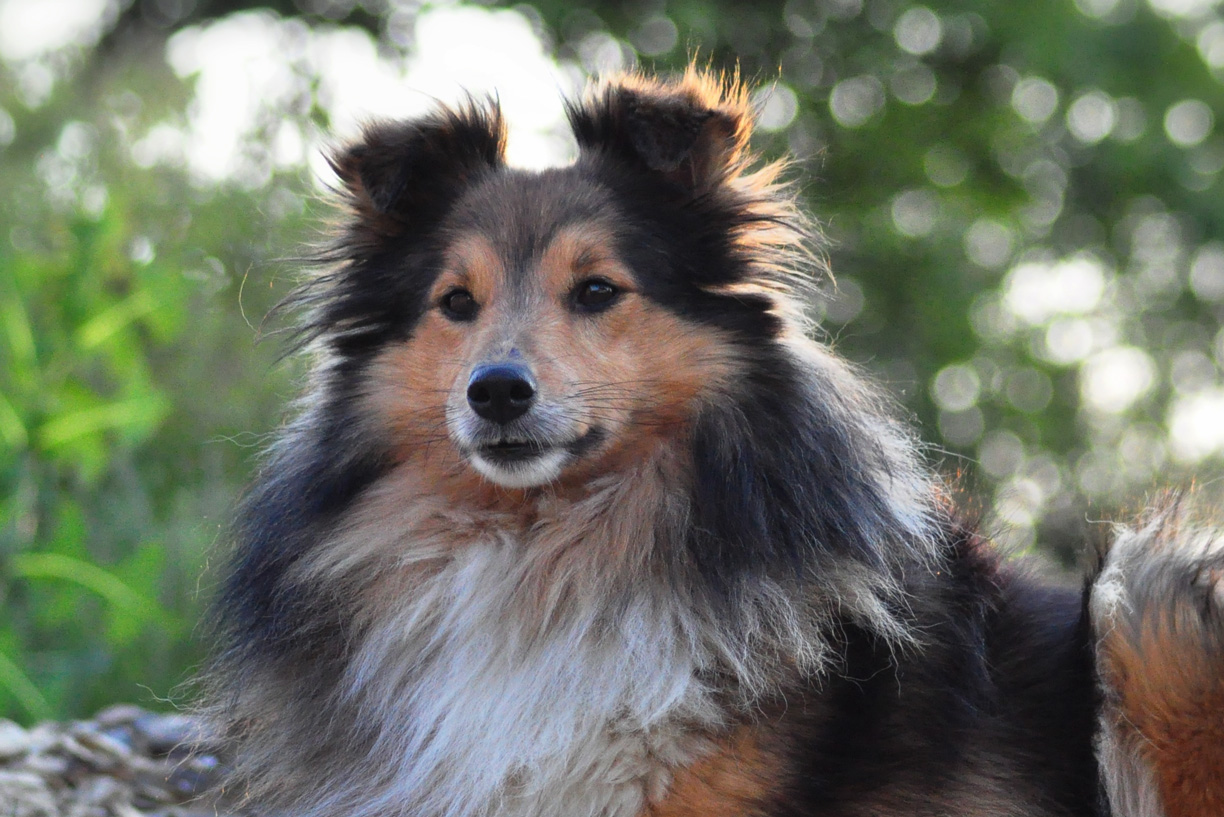
KC: Pastoral Group | AKC: Herding Group
The 43 breeds of this group share a strong will to work, high vigilance, and are generally obedient to their owners, if trained correctly. For these reasons, potential owners should lead an active lifestyle, where long walks and mental exercises for their four-legged companions are welcome. Breeds in this group include the Belgian Shepherd, the Berger Picard, the Cardigan Welsh Corgi, the Collie, the Dutch Schapendoes, the Miniature American Shepherd, the Mudi, the Pembroke Welsh Corgi, the Shetland Sheepdog and many more.
Group 2: Pinscher and Schnauzer – Molossoid – Swiss Mountain and Cattledogs
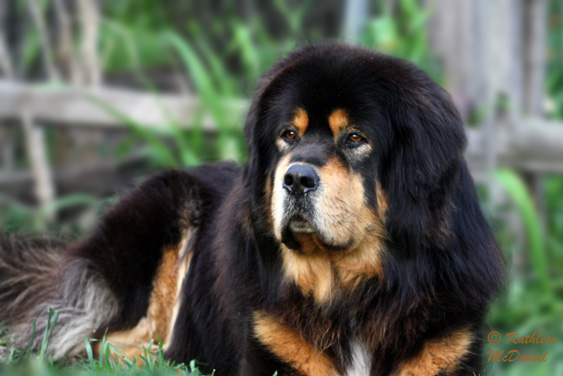
KC: Mainly Working | AKC: Mainly Working, Foundation Stock Service (accepted for recording)
The 53 breeds of this group have a highly developed instinct to hunt quarry, as well as to protect their families and territory. Always eager to help and not averse to barking, the Boxer, the Miniature Pinscher, the Rottweiler and the Tibetan Mastiff are some of the members of this group.
Group 3: Terriers
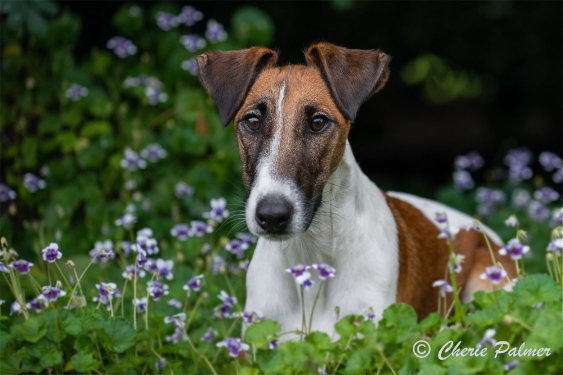
KC and AKC: Terrier Group
Terriers are famous for their feisty personalities and a self-confidence disproportionate to their size. They are loyal to their owners, playful, affectionate, and need consistent training from a young age to manage their stubbornness. This group includes 34 breeds, among them the Bedlington Terrier, the Cesky Terrier, the Manchester & English Toy Terrier, the Tibetan Terrier, the Smooth Fox Terrier and his wiry relative the Wire Fox Terrier.
Group 4: Dachshunds
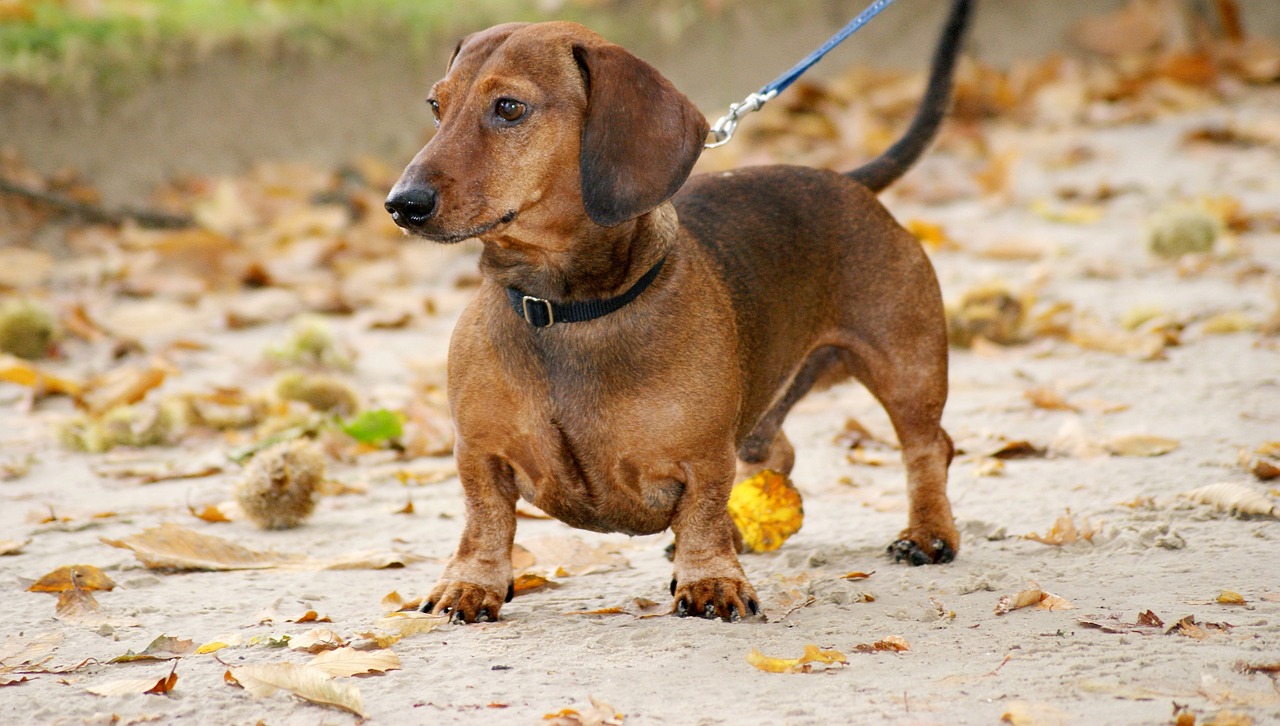
KC and AKC: Hound Group
The low-lying and energetic pups of Group 4 are eager learners, agile, and come with a lot of self-confidence. Historically bred as hunting aids, Dachshunds are fiercely loyal to their owners but can be distrustful towards strangers. Consistent training, mental and physical exercise are necessary, if you want your Dachshund to even consider following your command.
Group 5: Spitz and Primitive Types
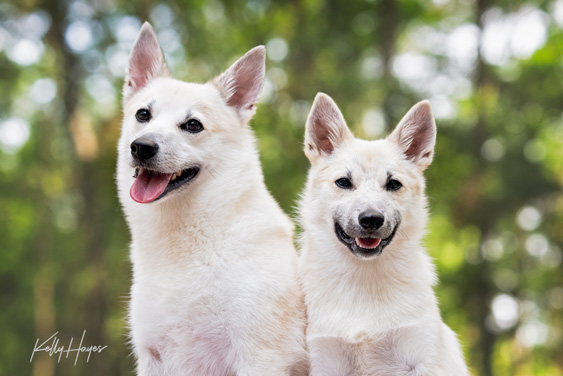
KC and AKC: Various
Within Group 5, the 46 different breeds share common features like their pointed noses and lofty ears. Initial duties ranged from sledding and hunting to herding, while some were bred as companion dogs. Most breeds from this group need lots of exercise and are therefore not well-suited for first-time dog owners. Among the breeds included in Group 5 are the Cirneco dell'Etna, the Finnish Lapphund and the Swedish Lapphund, the Ibizan Hound, the Norrbottenspets, the Norwegian Buhund, the Peruvian Hairless Dog, the Pharao Hound, the Pomeranian, the Portuguese Podengo, the Siberian Husky, and the Mexican Xoloitzcuintle.
Group 6: Scent Hounds and Related Breeds
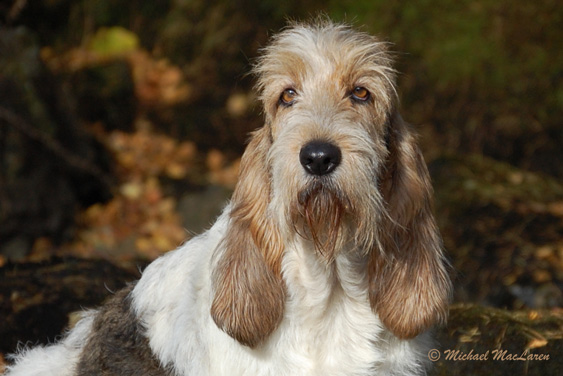
KC and AKC: Hound Group
This group includes 70 breeds, and - as the name of the group suggests - they have an excellent sense of smell. Most of the breeds were bred as hunting aids, with the ability to track and pick up the scent of game over long distances. Here, too, an experienced owner is needed for consistent and breed-appropriate training. Breeds of Group 6 are the Beagle, the Basset Hound, the Grand Basset Griffon Vendéen and the smaller relative Petit Basset Griffon Vendéen.
Group 7: Pointing Dogs
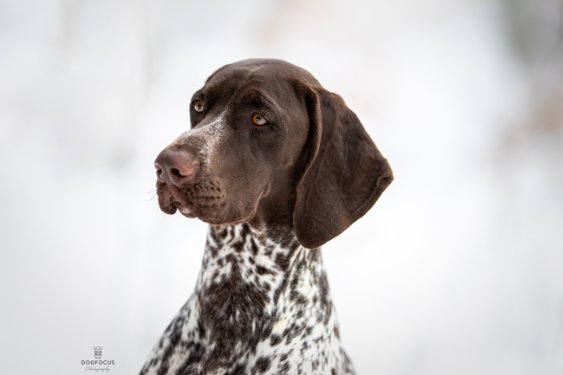
KC: Gundog | AKC: Sporting Group
Pointing Dogs are yet another example of breeds that were used as hunting aids. They can indicate to their owners where game is located, by facing in the right direction with one front leg poised. They need both mental and physical exercise, so you should know what you’re doing if you decide on a dog of Group 7. Among the 36 breeds are the English Setter and the Irish Red Setter, the German Shorthaired Pointer and the German Wirehaired Pointer, as well as the Münsterländer.
Group 8: Retrievers, Flushing Dogs and Water Dogs
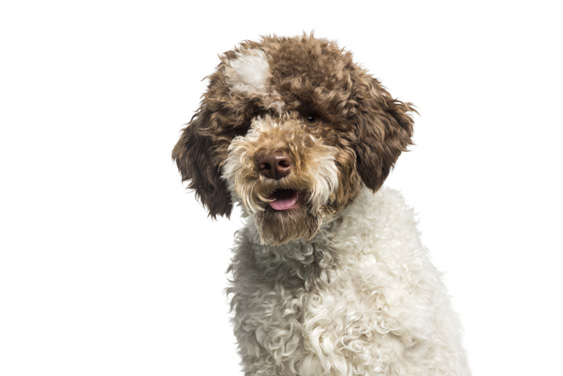
KC: Gundog Group | AKC: Sporting Group
Yet another group with a historical background in hunting, breeds of this group nowadays are popular family dogs. They have a friendly character and have proven themselves to be loyal and intelligent companions. There are 22 breeds within Group 8, among them Water Dogs like the Lagotto Romagnolo, all kinds of Retrievers like the Curly Coated Retriever, the Labrador Retriever or the Nova Scotia Duck Tolling Retriever, but also Spaniels like the American Water Spaniel, the Sussex Spaniel or the Welsh Springer Spaniel.
Group 9: Companion and Toy Dogs
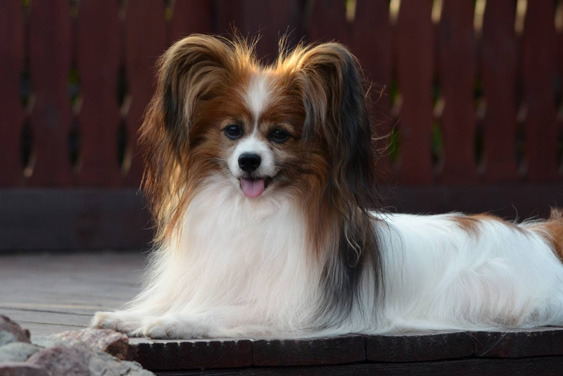
KC and AKC: Toy Group
Apart from their small size, the members of Group 9 don’t have a lot in common, appearance-wise. Compared to their colleagues with a hunting background, most of the 26 breeds of Group 9 have been bred for a pretty laid back job: to be affectionate companions to their humans and to keep them company. The lovely members of this group include the Boston Terrier, the Chihuahua, the Havanese, the Japanese Chin, the Kromfohrländer, the Löwchen, the Maltese, the Papillon and the Russian Toy.
Group 10: Sighthounds
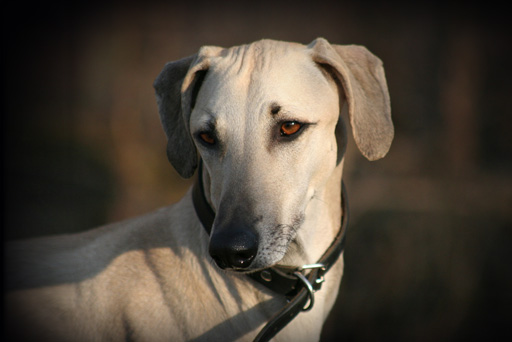
KC and AKC: Hound Group
If you’re looking for a super-fast dog, you’ll find a whole range of racers among the 13 breeds of Group 10. The dogs in this group need a lot of exercise and the opportunity to run and sprint regularly and many have a strong hunting instinct. Representative breeds of this group are the Borzoi, the Deerhound, the Greyhound, the Italian Greyhound, the Saluki and the Whippet, but also rare breeds such as the Azawakh, the Chart Polski, the Galgo Espagñol, the Magyar Agár and the Sloughi.